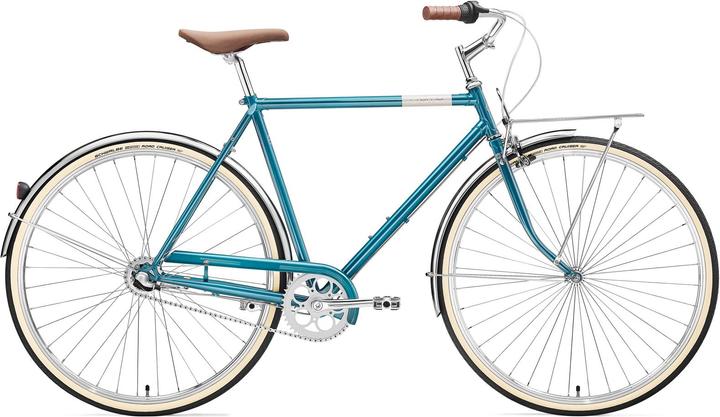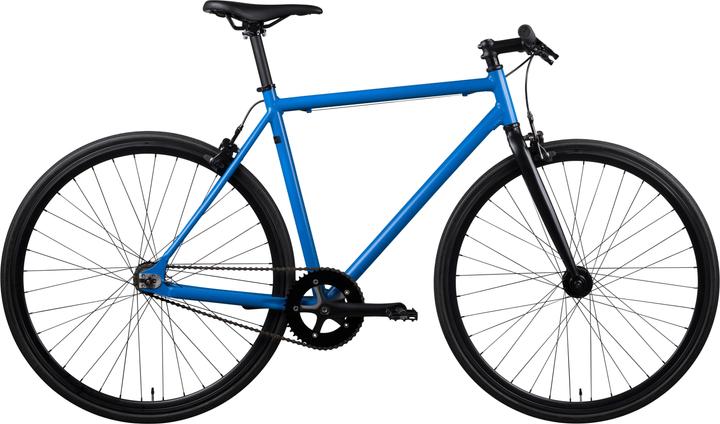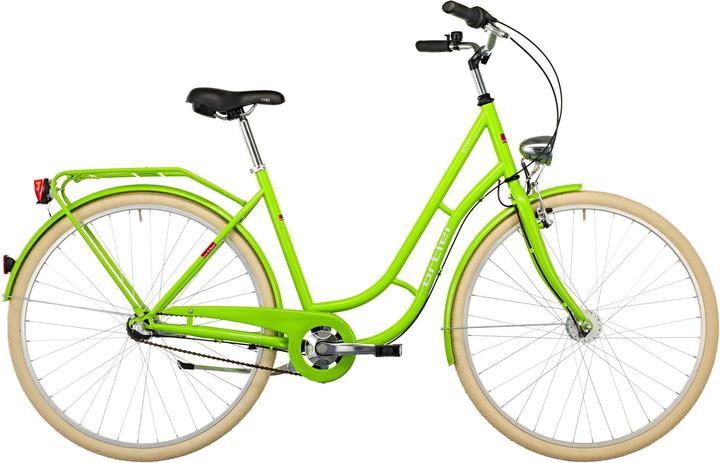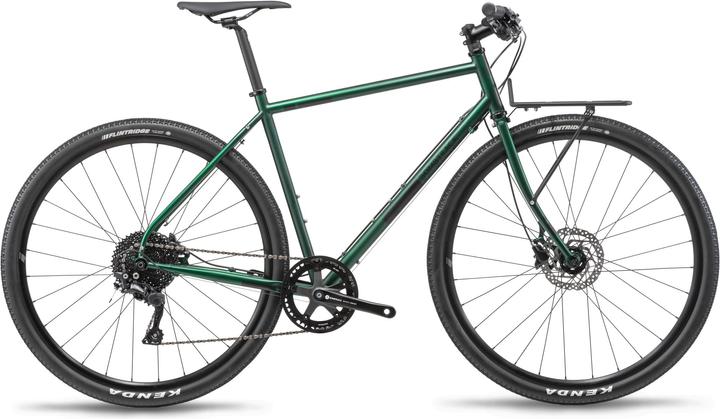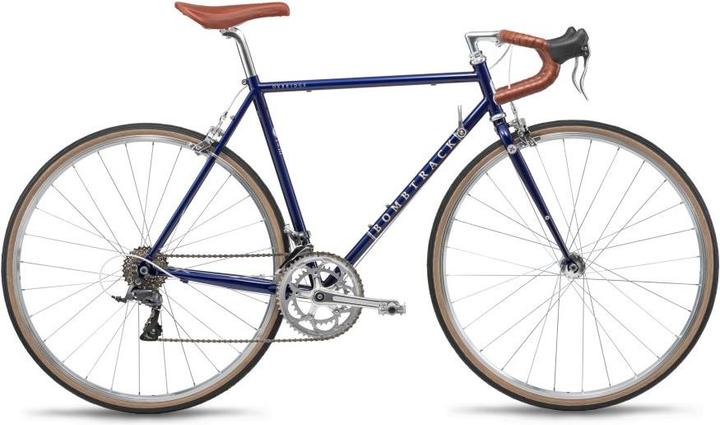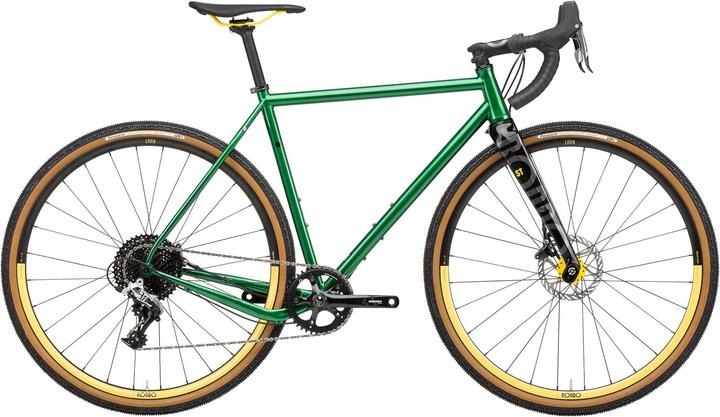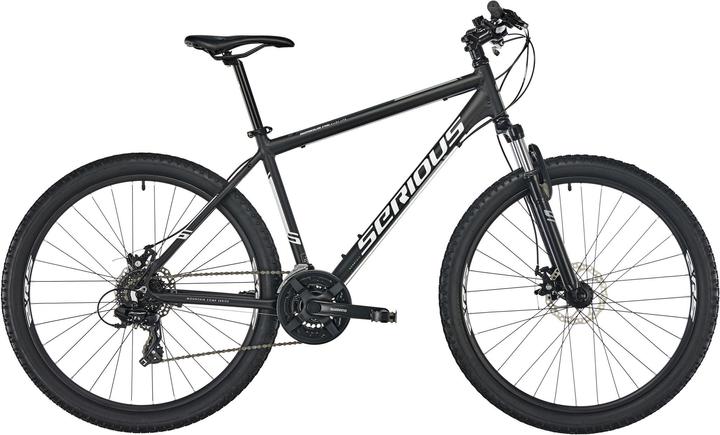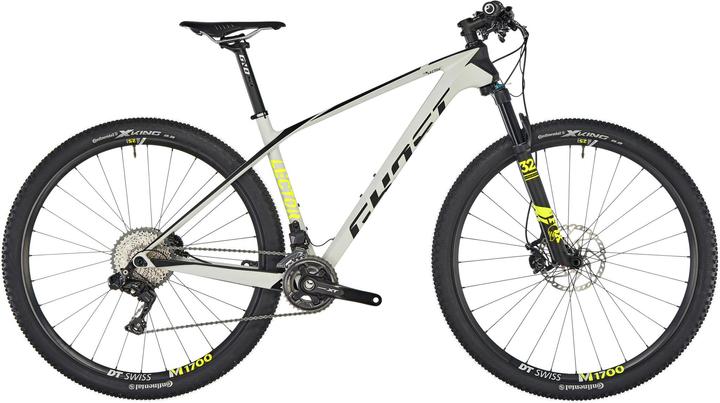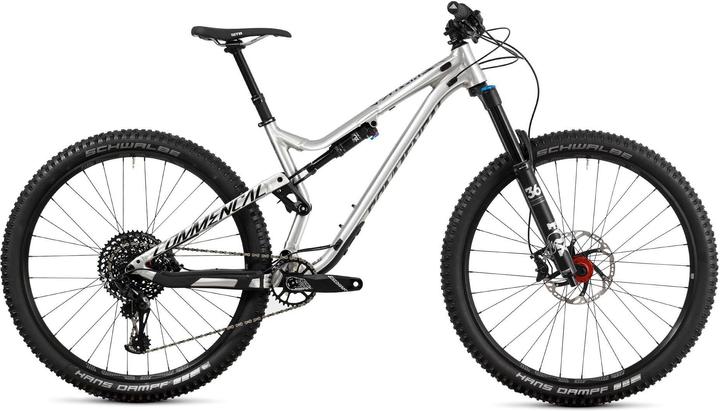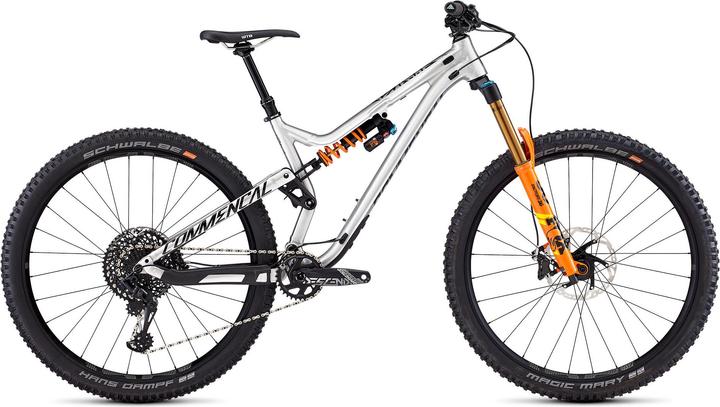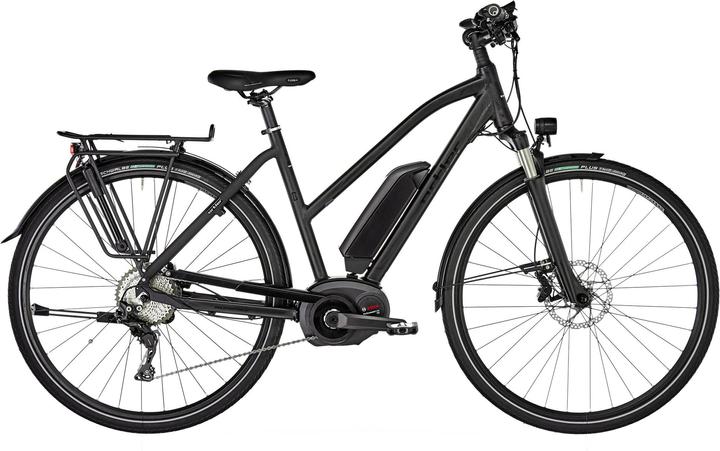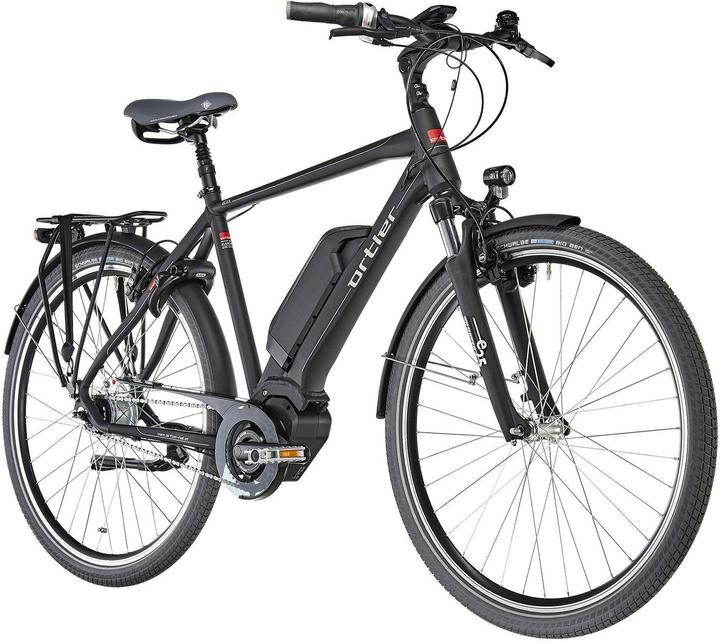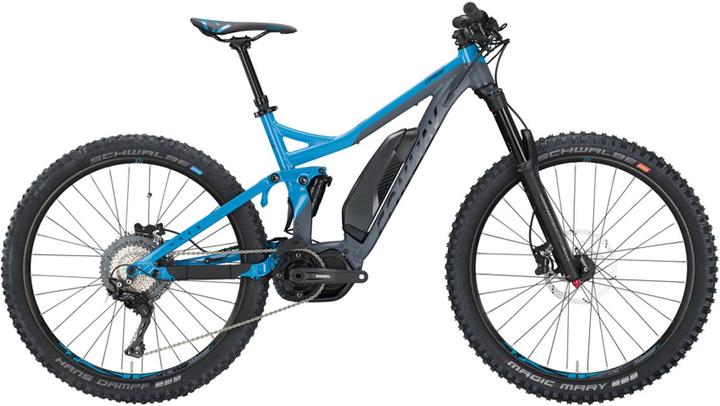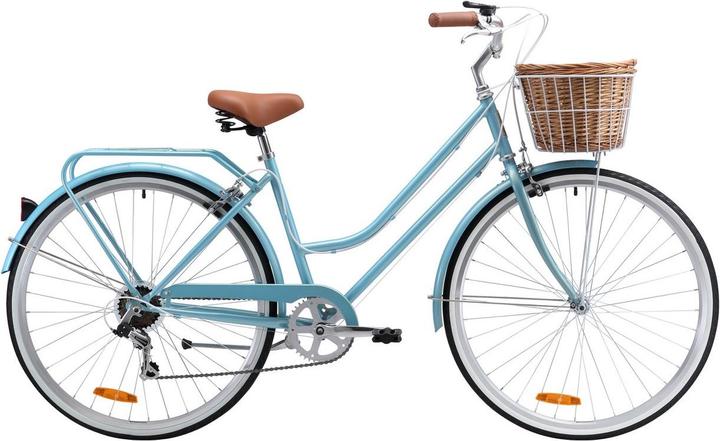

Bike types: Find a bike with suitable characteristics
Whether it's a city, trekking or mountain bike - you can spend small change or a handsome monthly salary on a new bike. In both cases, there is no guarantee that you will be happy with it. Because the types of bike are as different as the types of rider.
Since you've landed here, I'm assuming that you don't spend five days a week in the saddle of a racing bike costing 8,000 francs or spend your days mountain biking on breakneck trails. If your bike relationship is expandable and you're looking for a rough overview of the market, you've come to the right place. It's not about nerdy details, but about orientation. A categorisation of the advantages and disadvantages of different types of bike and the question of what more equipment you can expect for more money.
City bikes
Comfortable, low-maintenance and virtually indestructible - a reliable companion for short everyday journeys. Fully roadworthy, perhaps with hub gears but without unnecessary bells and whistles. This is how classic city bikes are built. You don't sit quite as upright on them as on a Dutch bike, but still fairly upright. This is not very streamlined and has disadvantages when transferring power to the pedals. On the other hand, your hands rest comfortably on the handlebars and the handling of these bikes is good-natured. You probably now have a bike like the Gangurru Petrol in mind.

This is fine for short distances and on flat terrain. But it's not for everyone and not necessarily the best choice in cities that aren't flat like Amsterdam. That's why sportier models such as the Robin from the Huber family can also be found under the "city bike" or "urban bike" label. And yes, style also plays a major role in this segment. There are bikes with a special retro chic, such as the Caferacer Uno from Creme Cycles.
Frame choice: Steel, aluminium, carbon
When it comes to frames, you have the choice between steel and aluminium for city bikes. The two materials have different basic properties. Steel sounds heavy and old-fashioned, but has the advantage over aluminium that it is strong and at the same time has elastic properties. The frame tubes can therefore be thinner than those made of aluminium and a steel frame absorbs impacts better. So there are good reasons why this material is used for many city bikes and some trekking bikes. Even racing bikes with steel frames are far from extinct.
The sportier it gets, the more aluminium frames dominate. Racing bikes should be light and stiff, ride comfort is of secondary importance. And on mountain bikes, the suspension absorbs shocks. The same applies to carbon fibre. Carbon frames are very strong, stiff and light, but also brittle and expensive to manufacture. The material is mainly used for racing bikes and mountain bikes in the upper price segment.
If you are interested in a particular bike, you will find additional information on the material used and the processing in the respective product description. The properties of each frame can be optimised using special manufacturing techniques and alloys. You can find out how to determine the right size for you here step by step.
Hub gears vs derailleur gears
The choice of gears is not only relevant in terms of appearance. Hub gears are mainly used on city and trekking bikes. They are well protected and correspondingly low-maintenance, but they usually weigh more. Derailleur gears need a little more attention, but you can also do it yourself. They are also comparatively inexpensive and more efficient - so you get a little more power on the road.
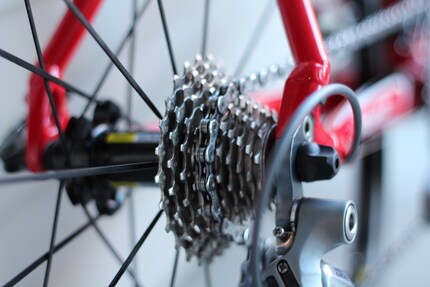
How maintenance-free should it be?
A singlespeed like the Fabio has no gears. It is either ridden with a freewheel or as a "fixie" with fixed gears. This looks minimalist and good and also has a few tangible advantages: Low wear and tear, low maintenance and admiring glances - when you ride your fixie backwards.
Belt-driven models such as the Ortler Detroit are also easy to maintain. Carbon fibres provide the required tensile strength of the belt, it does not smear and lasts longer than a chain. As a belt drive cannot be opened, it requires a special frame construction with an opening point on the rear triangle. If you buy a bike with a classic chain drive, you should clean and maintain it regularly. It doesn't take much effort and makes a noticeable and visible difference.
Trekking bike / touring bike
If you like to sit in the saddle for longer and leave the city behind you, a trekking or touring bike is a good companion. They may lack the extra dose of style that urban models sometimes have. However, the bikes in this category combine comfort, sportiness and versatility. They enable a comfortable yet dynamic riding position and are built so sturdily that you can carry a lot of luggage. One example is the Bombtrack Arise Geared.
City or trekking bike? The transitions are fluid. However, many models in this segment have derailleur gears with 21 or more gears and aluminium frames, which are often combined with a suspension fork. This makes sense as soon as you go off-road. You remember: Aluminium is not as resilient as steel and therefore damps less well. If you don't just want to ride 500 metres to the swimming pool three times a summer, but also want to tackle longer tours, you should also consider the question of brakes.
Disc brakes or rim brakes?
Disc brakes are becoming more and more widespread and are no longer only seen on mountain bikes. They are also being installed more and more frequently on touring bikes, racing bikes and city bikes. In addition to their high braking power, they also have the advantage that the rims do not wear out. There are inexpensive mechanical models in which the power is transmitted via a normal brake cable (Bowden cable). And high-quality hydraulic disc brakes, which can be operated with little force and offer a good pressure point.
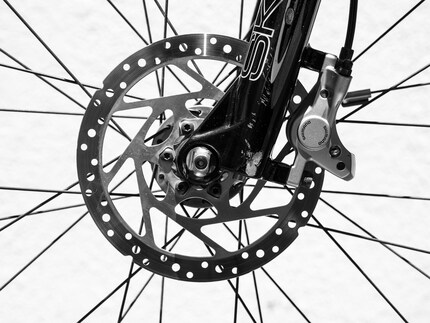
Rim brakes still have their raison d'être. They are easy to maintain, absorb impacts better during transport and have long been available as hydraulic brakes. For example, I have had good experiences with the Magura HS22 and the brake pads can be replaced quickly. Rim brakes have weaknesses, especially in bad weather. And with the obligatory figure of eight in the wheel, which makes perfect adjustment impossible.
Racing bikes
For beginners, the models with aluminium frames are particularly interesting. With a weight of +/-10 kilograms and the high rigidity of the material, you are already well on your way, the price/performance ratio is right. If you want your bike to be made of carbon, you will have to dig deeper into your pockets. The material is even lighter and stiffer, but also more expensive. As nobody wants inferior components on a top frame, the prices climb quickly. The Bombtrack Oxbridge GRD, on the other hand, is an entry-level model that can also take on excursions on gravel paths without complaint. Its aluminium frame is butted. This means that the tubes are reinforced where the greatest forces are exerted and otherwise kept thinner. A common method in frame construction to achieve high stability with low weight.
Racing bikes are available with one to three chainrings and up to 27 gears. It is important to have the right "gear ratio" and therefore the right gears for your goals. If you are also regularly drawn to off-road terrain, a "gravel bike" such as the Rondo RUUT could be of interest to you: With wider tyres, disc brakes and a more comfortable geometry, you can leave the asphalt behind you. The steering angle, caster and bottom bracket height can be adjusted on this model - depending on whether you want to be sporty or more like a touring bike.
Mountain bike
Aluminium is also the material of choice for mountain bikes in the lower price range. It starts with entry-level models such as the Serious Rockville Disc. First off-road excursions are easily possible. But the bike is of course a compromise at a favourable price. Not a thoroughbred sports machine, but also an everyday companion.
All entry-level mountain bikes
In the past, all mountain bikes had 26-inch wheels. However, 29-inch wheels have now become established and are said to offer better traction, more speed and good rollover behaviour. This is why they are popular with all-mountain models such as the Commencal Meta Trail 29 Essential Fox Brushed or cross-country mountain bikes such as the Ghost Lector 8.9. You can take the term "all-mountain" literally, these bikes can do everything from dirt tracks to trails and are also a good choice for longer tours. Cross-country riders want low weight and more speed - even uphill. In return, some comfort is sacrificed and a front suspension fork has to suffice. Keyword: hardtail.
29-inch bikes are not as manoeuvrable. That's why 27.5-inch bikes are the compromise and are popular with enduro and downhill riders. Enduro bikes such as the Commencal Meta Am 29 Signature are still suitable for touring, but are geared towards downhill passages. As a "fully", they absorb impacts and have better traction, while a long wheelbase ensures good handling. Downhill bikes like the Commencal Furious Race have only one focus: down, but fast! Long suspension travel, powerful brakes and full suspension help with this.
E-bikes
If electric mobility has changed anything in a big way so far, it is the world of cycling. So-called pedelecs, which are powered by muscle power and an assisting electric motor (up to 500 watts and 25 km/h), make up the largest share. They can be ridden from the age of 14 with a category M licence and from the age of 16 without a licence. The usual cycling rules apply. Helmets and insurance are only compulsory for the faster S-pedelecs (up to 1000 watts and 45 km/h).
Electric motors are no longer only installed on city and trekking bikes such as the Bozen Premium Trapeze or the Bern from Ortler. More and more mountain bikes are also motorised, for example the Conway eWME 427. All three models mentioned rely on a mid-motor. This drive has become widely accepted as it ensures balanced riding characteristics.
Models with rear-wheel motors are characterised above all by direct power transmission. Traction is good as long as you sit in the saddle and put the appropriate load on the rear wheel. Front-wheel motors have weaknesses in terms of traction, but they are favourable. However, both variants are rarely used anymore.
If you've made it this far, click here: On "Follow author" in my profile.
Simple writer and dad of two who likes to be on the move, wading through everyday family life. Juggling several balls, I'll occasionally drop one. It could be a ball, or a remark. Or both.
Practical solutions for everyday problems with technology, household hacks and much more.
Show all
